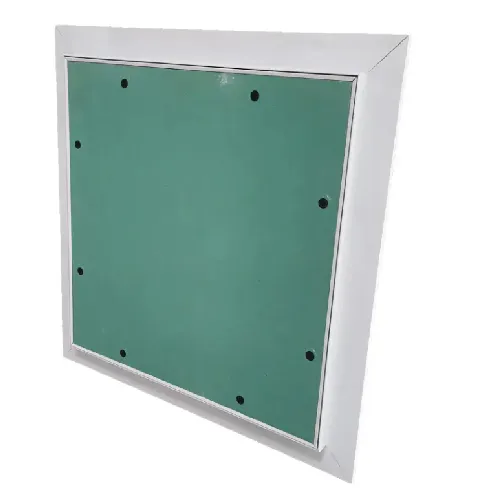Dec . 20, 2024 13:21 Back to list
Effective Solutions for Ceiling Grid Insulation in Energy-Efficient Building Design
Understanding Ceiling Grid Insulation Benefits and Best Practices
Ceiling grid insulation represents an essential aspect of modern building design and energy efficiency. As more and more emphasis is placed on sustainable building practices, the role of insulation in energy conservation has gained significant attention. In the context of ceiling grids, proper insulation not only improves energy efficiency but also enhances comfort and sound quality within a space.
What is Ceiling Grid Insulation?
Ceiling grid insulation consists of materials installed within the framework of a ceiling grid, typically suspended ceilings. The primary function of this insulation is to reduce heat transfer between the interior of a building and the outside environment. It can be composed of various materials, including fiberglass, foam board, and mineral wool. The choice of insulation material plays a critical role in determining the effectiveness of the ceiling grid in minimizing energy loss.
Benefits of Ceiling Grid Insulation
1. Energy Efficiency One of the most significant advantages of installing ceiling grid insulation is the reduction of energy costs. By creating a thermal barrier, insulation helps maintain a stable indoor temperature, reducing the need for heating in winter and air conditioning in summer. This efficiency translates into lower utility bills and a reduced carbon footprint.
2. Enhanced Comfort Insulation contributes to the overall comfort of occupants. By minimizing temperature fluctuations, it creates a more pleasant living and working environment. Additionally, proper insulation helps to reduce drafts that can lead to discomfort.
3. Soundproofing Qualities Ceiling grid insulation can also improve acoustic performance in a space. Materials like mineral wool are effective in sound absorption, which is particularly beneficial in settings like offices, schools, and conference rooms. This quality helps to create a quiet environment conducive to productivity and concentration.
4. Moisture Control In areas with high humidity, ceiling grid insulation can help to prevent condensation from forming, which can lead to mold and mildew issues. This is especially important in bathrooms, kitchens, and commercial kitchens where moisture levels are higher.
5. Improved Aesthetics Installing insulation within a ceiling grid can aid in achieving a cleaner and more professional appearance. Many insulation options are designed to be visually appealing or can be easily covered with ceiling tiles, enhancing the overall look of the space.
ceiling grid insulation

Best Practices for Ceiling Grid Insulation Installation
To maximize the benefits of ceiling grid insulation, following best practices during installation is crucial
1. Choose the Right Material Select insulation that meets the specific needs of your building. Consider factors such as R-value (thermal resistance), sound absorption properties, moisture resistance, and fire safety ratings. Collaborate with a professional to determine the best material for your application.
2. Ensure Proper Installation Insulation must be installed correctly to be effective. Gaps or compressed areas can significantly reduce its thermal performance. Ensure that the insulation fits snugly within the ceiling grid with no spaces left unsealed.
3. Pay Attention to Ventilation Proper ventilation is essential, especially in areas prone to moisture. Ensure that ventilation systems are in place to reduce the risk of condensation and maintain air quality.
4. Consider the Impact of Ceiling Tiles The type of ceiling tiles used can affect both insulation and acoustics. Opt for tiles designed with sound absorption and thermal resistance to complement your insulation efforts.
5. Regular Inspection and Maintenance Over time, insulation can degrade or become compressed. Regularly inspect the ceiling grid insulation to ensure it remains effective. Replace or repair any damaged materials promptly.
Conclusion
Ceiling grid insulation is a vital component in the quest for energy efficiency and occupant comfort in modern buildings. By understanding its benefits and adhering to best practices in installation, property owners can optimize their spaces for better performance while contributing to sustainability efforts. Ultimately, investing in quality ceiling grid insulation pays off through savings on energy bills, enhanced comfort, and improved acoustics, making it a wise choice for both residential and commercial applications.
-
Quality Ceiling Trap Doors & Access Panels | Easy & Secure AccessNewsAug.30,2025
-
Durable Ceiling T Grid Systems | Easy InstallationNewsAug.29,2025
-
PVC Gypsum Ceiling: Durable, Laminated Tiles for Modern SpacesNewsAug.28,2025
-
Pvc Gypsum Ceiling Is DurableNewsAug.21,2025
-
Mineral Fiber Board Is DurableNewsAug.21,2025
-
Ceiling Tile Clip Reusable DesignNewsAug.21,2025







